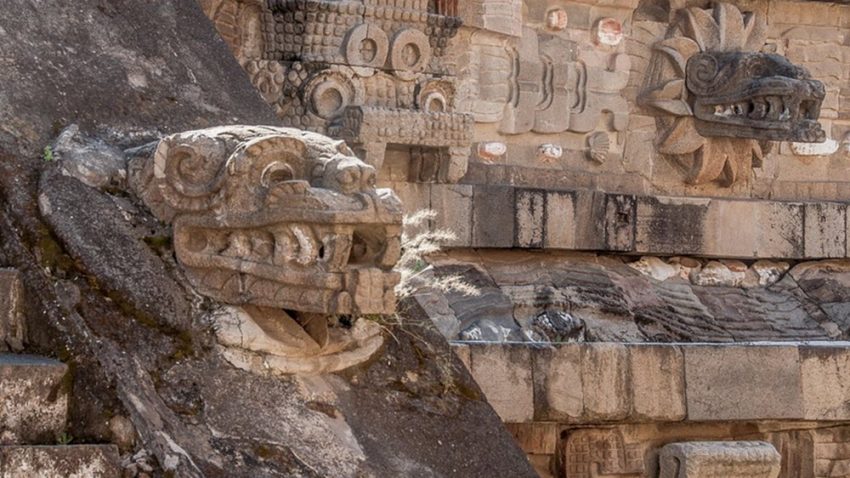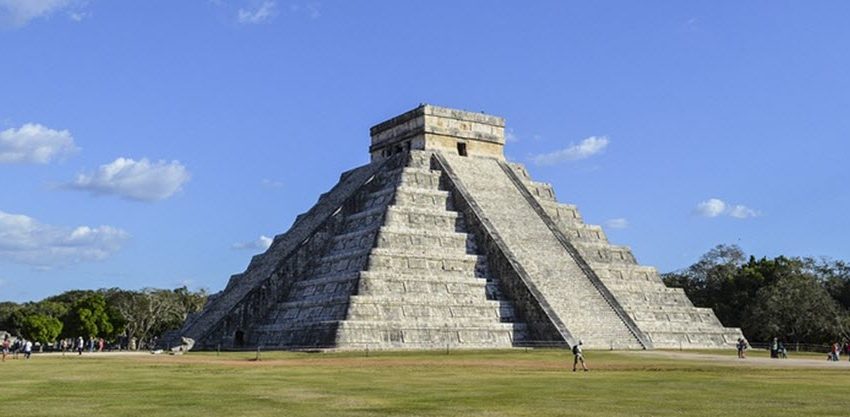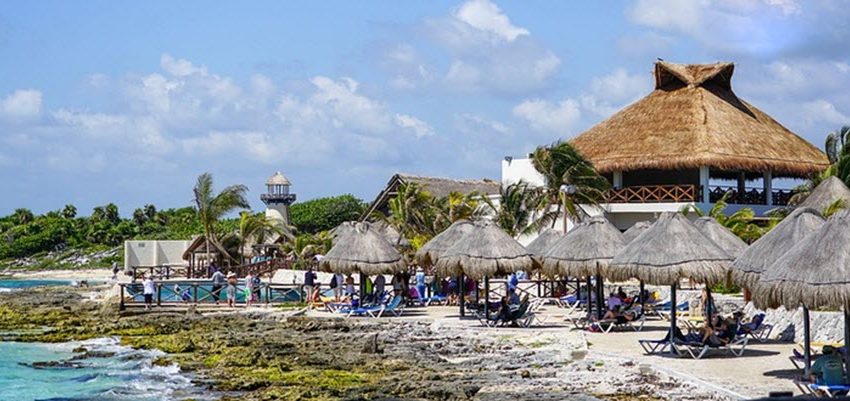Ancient Pyramids and Temples of Mexico
Across Mexico, the remnants of ancient civilizations are evident in the form of remarkable pyramids and temples. These structures, built by various indigenous cultures long before the arrival of Europeans, reflect sophisticated architectural techniques and serve as pivotal historical and cultural landmarks. These sites provide a valuable insight into pre-Columbian societies, showcasing not only their architectural achievements but also their spiritual, astronomical, and communal advances.
The Pyramids of Teotihuacan
Teotihuacan remains one of the most renowned archaeological sites, attracting millions of visitors worldwide. This ancient city is located near modern-day Mexico City and continues to be a source of mystery and intrigue. Despite extensive research, debates continue among historians regarding the true founders of Teotihuacan. Nevertheless, the city’s layout and structures reflect advanced urban planning and social organization.
The Pyramid of the Sun and the Pyramid of the Moon are two of the most iconic structures at Teotihuacan. They are notable not just for their size but also for their historical significance. The pyramids are aligned with celestial events, illustrating the advanced understanding of astronomy maintained by the city’s architects. Artifacts unearthed at Teotihuacan reveal the city’s far-reaching influence, with evidence of trade and cultural exchanges with other Mesoamerican civilizations. Those interested in discovering more about the site and planning a visit can find additional information on the official tourism site for Mexico.
Palenque: The City of Temples
Located in the dense jungle of Chiapas, Palenque was a significant city-state of the Maya civilization. Though not as large as some other Maya sites, Palenque is renowned for the beauty and complexity of its architecture and art. The Temple of the Inscriptions, named for the hieroglyphic inscriptions found within, serves as the tomb of the revered Maya ruler Pakal. This pyramid is crucial to understanding Mayan history as it contains a wealth of information about religious practices and royal lineage.
The stucco reliefs and intricate carvings found throughout Palenque offer a rich source of information about Maya mythology. These carvings depict numerous religious and ceremonial activities, providing valuable context about the Maya way of life.
The Symbolic Pyramids of Chichen Itza
On the Yucatán Peninsula lies Chichen Itza, a site that exemplifies a remarkable fusion of Maya and Toltec cultures. The central pyramid, El Castillo, also known as the Temple of Kukulcán, stands as a testament to the extraordinary architectural and astronomical knowledge of its builders. The pyramid is built such that during the spring and autumn equinoxes, a play of light and shadow creates the illusion of a serpent slithering down its side. This phenomenon demonstrates the precise astronomical calculations of the site’s architects.
Beyond its architectural marvels, Chichen Itza was an essential political and economic center. The site includes a wide array of structures, such as the Temple of the Warriors and the Great Ball Court, each serving a distinct purpose in the cultural and political life of its inhabitants. Visitors interested in exploring more about Chichen Itza may refer to Chichen Itza’s official site for more information.
The Spiritual and Cultural Significance
The ancient pyramids and temples were more than monumental structures; they were the heart of spiritual and societal life for the civilizations that built them. Each temple and pyramid served as the focal point for religious ceremonies, sacrifices, and other rituals crucial to maintaining both cosmic and social order. These structures were often aligned with celestial events and connected to myths, playing a significant role in the understanding of the universe by these ancient cultures.
Religious leaders performed various rites on the temple platforms, ranging from everyday observances to major ceremonial events tied to celestial occurrences or seasonal changes. By studying these sites, researchers gain insights into the formidable integration of religion into the governance systems of these societies.
Continuing Conservation Efforts
Preserving these ancient sites is crucial for maintaining the cultural heritage and ensuring that future generations can learn from these historic remnants. Historians and archaeologists are continually involved in efforts to research, excavate, and conserve these sites. Modern technology allows for more precise and non-invasive methods of study, helping to preserve the integrity of these structures while still gaining new insights.
Given the challenges posed by environmental elements and human activity, efforts to maintain these sites involve a delicate balance. Conservation work includes structural reinforcements, restoration of historical artwork, and eco-friendly tourism planning to protect the sites from overexposure and erosion.
Visitor Information
For those planning to visit the ancient pyramids and temples of Mexico, it is essential to approach with respect for both the cultural heritage and the natural environment. Many of these sites are located within protected areas, and preserving their integrity is a priority. Visitors are encouraged to follow established guidelines to prevent damage and deterioration of these sites.
Careful planning and adherence to local regulations will ensure an enriching experience while helping to safeguard these cultural treasures. As tourism grows, these precautions will help to sustain the delicate balance necessary for conservation and public education, allowing people from all over the world to appreciate the richness of Mexico’s ancient civilizations.







